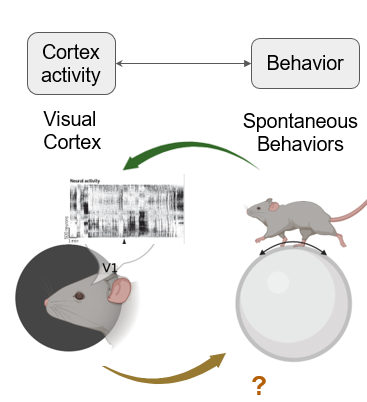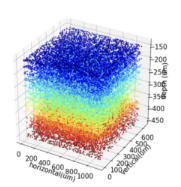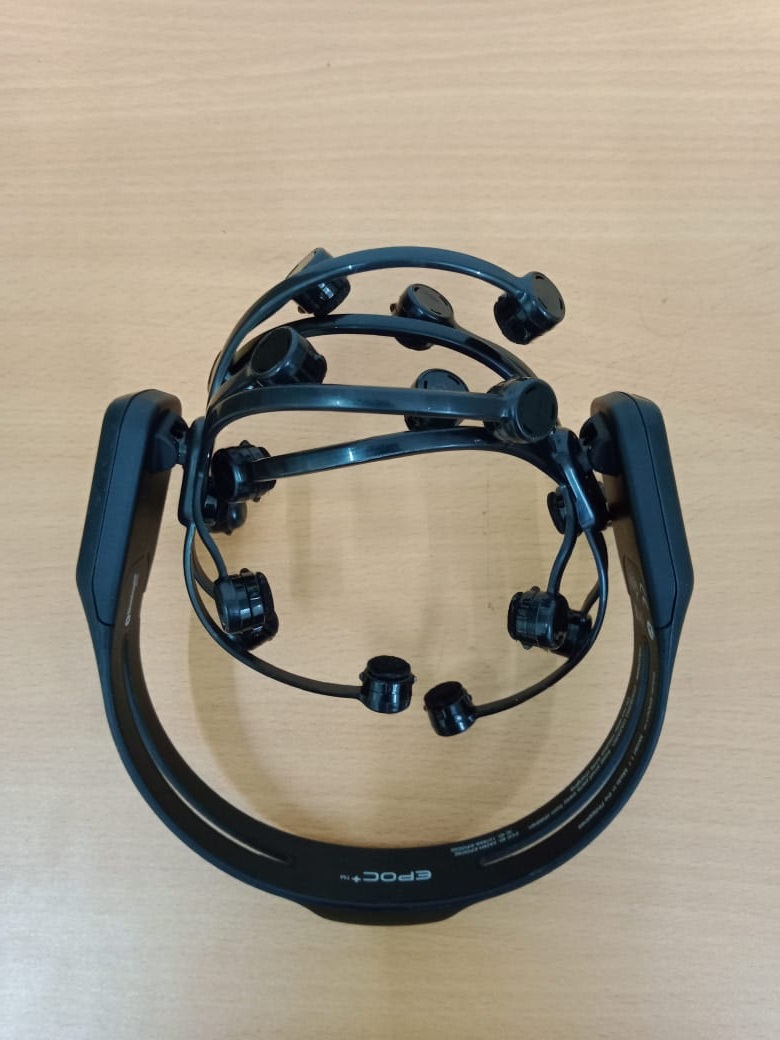Project: DeepMice
Activity in V1 predicts spontaneous running behaviour in the absence of visual stimuli in mice
Goal: Our aim was to predict mice spontaneous behavior (e.g. running speed)based on the activity of the visual cortex and find out the relation between neurons of each layer and running speed.



Fig1: Predicting running speed from visual cortex (V1) Fig2: 9 layers of neurons Fig3: Correlation between 9 layers and running speed.
Method and Results: To understand the relation between mouse visual cortex and running behavior (when mice are not receiving visual inputs), we utilized the Stringer data set, which consists of calcium imaging neural activity data of neurons in mouse primary visual cortex, as well as running speed when the mouse is kept in darkness. Principle Component Analysis (PCA) was applied to reduce the dimension of our neuron activity data of 11983 excitatory neurons into 2000 principal components that contain 88.82% of the cumulative explained variance. Following this, we modeled the relationship between neural activity data and running speed data using a linear regression model and were able to achieve an RMSE of 1.86 and 4.21 cm/s on the training and testing dataset respectivly. Furthermore, we applied pearson correlation for determine the relationship of running speed with specific layer of neurons and found out that there is higher correlation between 6th layer and running behavior.
Mentors: Dr. Mari Sosa, Dr. Kiah Hardcastle, Rei Masuda, Deepika Gupta
Team Members: Cristian Lazo Quispe, Ananna Biswas , Bhavika Gopalini, Rouhong Wang, Asutosh Routa, Abraham George, Jongwon Yun
Project: MarketBrain
A Neuromarketing System for Advanced Marketing Research
Goal: Our objective was to predict and analyze consumer cognitive and emotional response to the marketing stimuli through a Brain Computer Interface (BCI) based marketing research method using Electroencephalography (EEG) signals and eye tracking data signals.


Fig1: An EEG and eye tracker based consumer choice prediction system Fig2: Emotiv Epoc+ (14 channels)
Method and Results: For developing a prediction system, we have used an EEG device and a eye tracker for extracting the brain signals and attention metrics from the customers respectively. Then, some static stimuli (marketing advertisements) have been presented infront of the subject. After the experiment, we gave the participants a survey form to fill up labeling those stimuli as liked or disliked items, interested to purchase or not, and compared those with the attention metrics (gaze points, fixation, heatmaps, and AOI)extracing from eye trackers. In the data processing phase, the raw EEG signal were preprocessed for noise removal. Generally, eye artifacts, line noise, and movement artifacts are found in the EEG signals.For removing these types of noises, we have used bandpass filter, notch filter, and Independent Component Analysis (ICA). Then, we extracted the time domain, frequency domain, and time- frequency domain features (Wavelet-packet transform). To select the best feature set, wrapper-based Support Vector Machine-Recursive Feature Elimination (SVM RFE) along with correlation bias reduction (CBR) has been used. In the last phase, we used LIBSVM to classify the customer’s choice. For selecting the appropriate classification model, the labels given by the participants have been taken as ground truth.
Supervisor: Dr. Khondaker A. Mamun, Dr. Khandoker Mahmudur Rahman, Dr. Mohammad Tohidul Islam Miya
Team Members: Ananna Biswas , Fazla Rabbi Mashrur